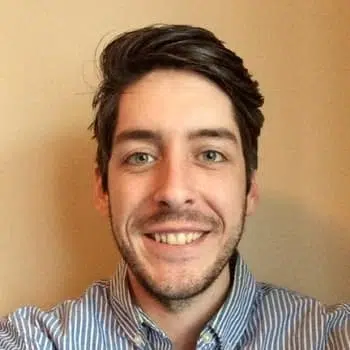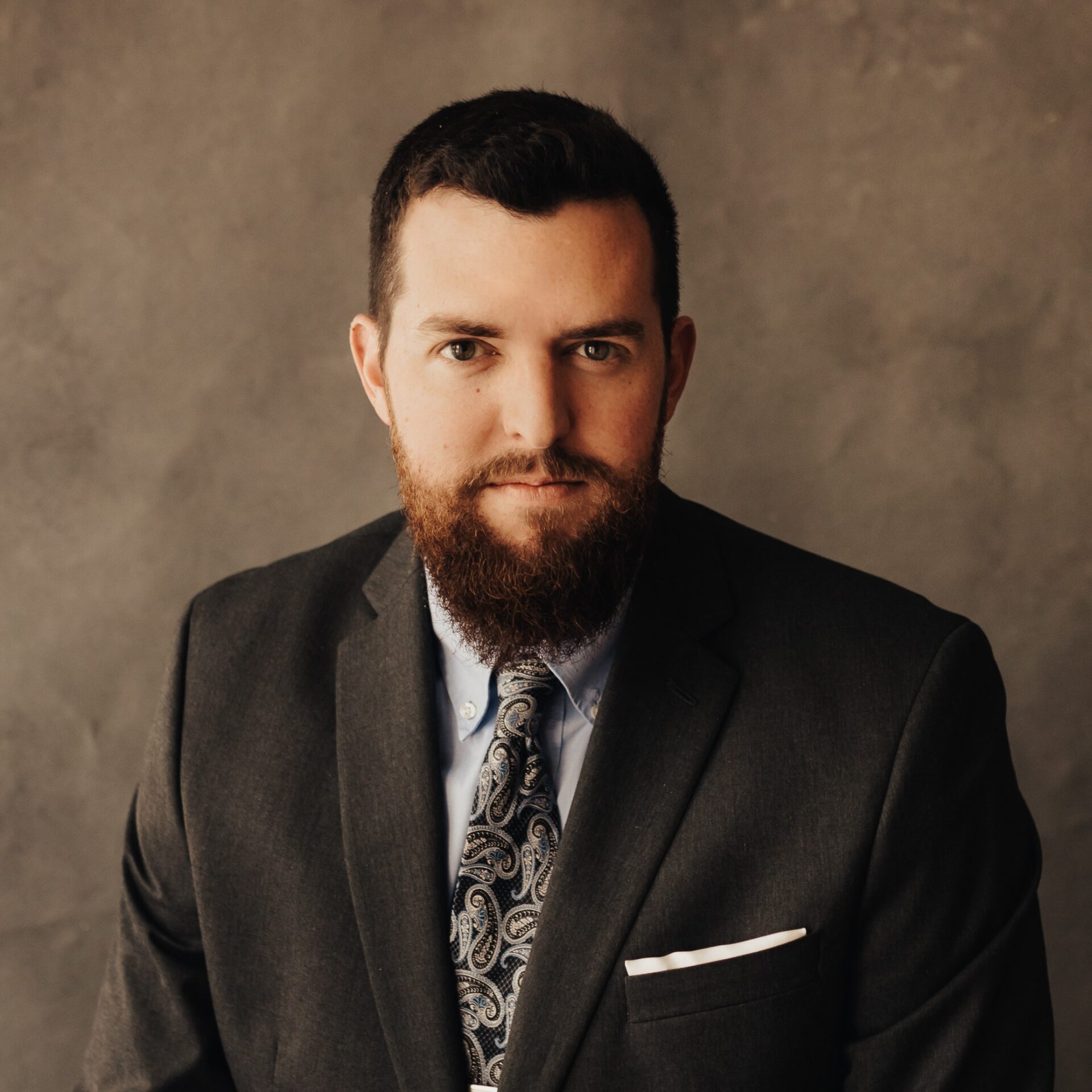Prescription drugs are a vital part of health care, but unfortunately, they are often misused. Some prescription drugs can cause a high in addition to the medical effects they are intended to be used for. This makes them more likely to be misused by people, leading to addiction instead of improved health.
What Are Prescription Drugs?
Prescription drugs are any drugs that require a doctor’s order to obtain and use. Some drugs, like Tylenol, can be purchased over the counter and used when you feel you need them. Prescription drugs are more dangerous if not used correctly, and a doctor must determine you need them before you can use them.
Prescription Drug Misuse
Some prescription drugs require a prescription because they have abuse potential and should only be used by those who have a medical need for them. Even when used correctly, these medications can lead to addiction.
Misuse occurs when someone uses prescription medications to get high instead of using them for the medical purpose they were intended for. When prescription drugs are misused, they may be used more frequently or in larger doses than prescribed. People may also use these drugs in ways that are not intended. For example, someone may take a pill and grind it up to snort it, or they may dissolve a crushed pill in water and then inject it into their veins.
This Season, Give Yourself the Gift of a Fresh Start.
Whether you are struggling with addiction, mental health or both, our expert team is here to guide you every step of the way. Don’t wait— reach out today to take the first step toward taking control of your life.
See More: Prescription Drug Abuse Hotline
Prescription Drug Abuse Statistics
- In 2012, the number of opioid prescriptions in the United States peaked at 81.3 prescriptions per 100 people.
- Around 6% of Americans aged 12 or older abuse prescription drugs each year.
- Opioids, followed by psychotherapeutic drugs, are the most commonly misused prescription drugs in the United States.
- There are more than 20,000 prescription drugs that are approved in the United States.
Risk Factors of Prescription Drug Abuse
Prescription drug abuse may be more likely to occur in people who have a genetic predisposition to abuse or an underlying mental illness. Those who use potentially addictive prescription drugs like opioids or benzodiazepines are more likely to develop an addiction and abuse drugs, especially if they are using these drugs over a long period of time. People who are more sensitive to drugs may also be more likely to develop an addiction while using them.
Teen Prescription Drug Abuse
Prescription drug abuse can be a particular problem for teens. Teens often have limited financial resources and limited ability to purchase recreational drugs. This can encourage them to turn to other sources of drugs, such as prescription drugs that older relatives may have.
Teens using their parents’ prescription drugs may take these medications recreationally and be completely unaware of the medical effects they may cause. Many times, these medications may only have a medical effect and not be something that provides a high. This can cause a teen to experience medical problems without receiving any of the recreational value they are seeking.
Misused Prescription Drug Types
Most prescription drugs that are misused are medications that have the potential to lead to a high. This will primarily include opioids, benzodiazepines and stimulants.
Prescription Opioids
Opioids are by far the most misused prescription drug. Opioids suppress brain activity, causing drowsiness and decreased sensation of pain. They are mainly used to reduce pain levels, but they can also be prescribed for other reasons, such as cough suppression.
Opioids release chemicals inside the brain called endorphins, and these chemicals cause a pleasurable feeling known as a high. The high that opioid use causes can make someone use opioids repeatedly, leading to addiction. Prescription opioids are typically not very strong, especially when prescribed for home use, but they will still increase the chances of addiction over time.
Commonly Prescribed Opioids
Examples of commonly prescribed opioids include:
- Hydrocodone (Norco)
- Oxycodone (OxyContin)
- Hydromorphone (Dilaudid)
- Morphine (Kadian)
- Fentanyl
- Codeine
Signs of Opioid Abuse
There are several signs that someone may be abusing opioids. Some of these are specific to opioids, and some are more general signs of substance abuse. Signs of opioid abuse may include:
- Unexplained drowsiness
- Slurred speech
- Dilated pupils
- Problems holding a conversation or staying awake
- Withdrawn behaviors
- Decreased attention to hygiene
- Financial problems
- Legal problems
If you are struggling with addiction, we are here for you.
Benzodiazepines
Like opioids, benzodiazepines suppress brain activity. However, the type of brain activity that benzodiazepines suppress is different from opioids. Benzodiazepines typically act more on emotional processes, helping with symptoms of anxiety.
While benzodiazepines are not as addictive as opioids, they still create a high when used over prolonged periods or in large enough doses. Because benzodiazepines can create a high, people may develop addictions to these prescription drugs.
Commonly Prescribed Benzodiazepines
Examples of commonly prescribed benzodiazepines include:
Signs of Benzodiazepines Abuse
Benzodiazepine abuse can be difficult to detect, but there are signs that can help you to recognize when someone is abusing these drugs. Signs of benzodiazepine abuse can include:
- Drowsiness
- Slurred speech
- Confusion
- Withdrawing from others
- Decreased performance at work or school
- New legal or financial problems
Stimulants
Stimulants are medications used to help improve concentration or focus, primarily in those who have attention-deficit/hyperactivity disorder (ADHD). Stimulants may also be used to help people who have narcolepsy. These powerful medications always require a prescription.
In addition to improving focus and treating narcolepsy, stimulants can create a high. Stimulants may also be used by those without health conditions in an attempt to focus better. For example, college students may abuse stimulants when trying to cram for an exam. Using stimulants that have not been prescribed to you or using them in ways other than prescribed is considered stimulant abuse.
Commonly Prescribed Stimulants
Examples of commonly prescribed stimulants include:
- Amphetamine/dextroamphetamine (Adderall)
- Dextroamphetamine (Dexedrine)
- Lisdexamfetamine (Vyvanse)
- Methylphenidate (Ritalin)
Signs of Stimulant Abuse
Signs of stimulant abuse are typically related to how these drugs speed up the body’s normal processes. Some signs of stimulant abuse include:
- Hyperactivity
- Talking and doing things more rapidly
- Periods of intense activity followed by periods of extreme fatigue
- Unexplained sweatiness
- Restlessness
- Becoming more withdrawn or secretive
- Decreased performance at work or school
Dangers of Misusing Prescription Drugs
Misusing prescription drugs can be dangerous in several ways. These medications are only available with a prescription because they have risks if not taken as directed by a doctor.
When used incorrectly, it’s possible to take too much of a prescription drug. Depending on the drug, this can lead to a potentially fatal overdose. Overdosing can also lead to long-term complications. In addition, misusing a prescription drug can create withdrawal symptoms when it is stopped, and it can eventually cause you to become less responsive to the effects of the drug. Addiction can also develop when these drugs are misused.
Side Effects of Prescription Drug Abuse
The side effects of prescription drug abuse vary widely based on the type of prescription drug that is being misused. Some prescription drugs could be quite safe when misused, while others could be highly dangerous.
Some of the greatest risks of abusing prescription drugs include:
- Addiction
- Overdose
- Permanent injuries to vital organs
- Neurological or psychological effects
Prescription Drug Overdose
Prescription drug overdose can be dangerous or even fatal, depending on the drug. While any drug taken in large enough quantities has the potential to be fatal, overdoses are most commonly caused by opioids. These medications are widely available and commonly used, but they are addictive and can stop your breathing at high doses. For these reasons, opioid overdoses are much more likely than many other types of overdoses.
If you are with someone who may be overdosing and do not know what drugs they have used, immediately administer Narcan (naloxone) if available and call 911. Stay with them until help arrives.
Signs of Prescription Drug Overdose
The signs of a prescription drug overdose can vary widely depending on the particular drug. In general, signs may include:
- Nausea and vomiting
- Slow or absent breathing
- Blueness around the mouth or nails
- Being difficult or impossible to arouse
How To Prevent Prescription Drug Misuse
Preventing prescription drug misuse involves protecting both yourself and others. To protect yourself, you should only use prescription drugs exactly as prescribed. Never take a prescription drug at a higher dose or more frequently than prescribed. Additionally, you should only use them in the way that a doctor or pharmacist instructed you.
To protect others, you should store your medications in an area that children cannot reach. Avoid holding onto prescription medication that you are not using anymore, as you will likely not notice if it were to go missing. Keep track of medications that you are using, and ask questions if you notice an unexpected decrease in the amount of medication that you have remaining.
Where To Dispose of Prescription Drugs
When disposing of prescription drugs, you should do so in a way that is inaccessible to others. Ideally, you should dispose of your unneeded prescription drugs through a Drug Enforcement Administration (DEA) approved drug take-back program. If this is not available, you can easily eliminate drugs by flushing them down a toilet. Most drugs can be flushed down toilets safely and are unlikely to have an effect on the environment.
Finding Treatment for Prescription Drug Abuse in Ohio
If you or someone you love is misusing prescription drugs, it’s never too early to intervene. Prescription drug misuse often transitions into using illegal drugs that are more dangerous and harder to stop using. By seeking treatment early, difficult problems can be avoided down the road.
The Recovery Village Columbus is an ideal place to be treated for prescription drug abuse in Ohio. Our 80-bed treatment center offers state-of-the-art equipment and facilities coupled with caring, expert professionals who can optimize the comfort and success of each patient’s recovery journey.









